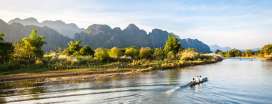Holiday destinations
A world of adventure is just waiting for you.
Select a region on the map
Bhutan, Nepal & Tibet
India, Pakistan & Sri Lanka
Central Asia
The Far East
The Americas
Africa & the Middle East
Polar Regions
Bhutan, Nepal & Tibet
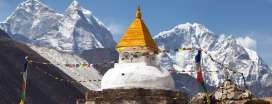
A paradise for trekkers, the Himalaya has soaring mountains, classic trails and stunning scenery, but it also has cultural interest aplenty and some of the most welcoming people in the world.
India, Pakistan & Sri Lanka

With some of the most varied scenery in the world, wonderful wildlife and a rich cultural and historic heritage, India and Sri Lanka are immensely rewarding destinations. Whilst Pakistan is home to the breathtaking Karakoram Mountains.
Central Asia
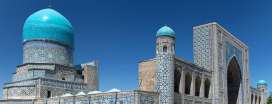
As geographically diverse as it is historically rich, this is the vast area of the world where east fuses with west and where great deserts give way to vast fertile steppe and giant snowy peaks.
The Far East
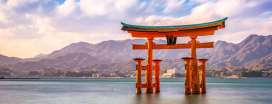
Whether you want to walk, tour or trek, the cities, mountains and sacred trails of Japan reveal its fascinating history, cultural heritage and captivating scenery
The Americas
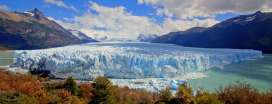
Lost worlds, ancient trails, vibrant cities, soaring peaks and exotic wildlife; between the Rocky Mountains in the north and Tierra del Fuego in the south lay a thousand wonders to explore.
Africa & the Middle East
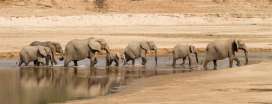
Encompassing vast deserts, ancient cultures, wildlife-rich plains and snow-capped mountains, the diverse landscapes of Africa and the Middle East offer a world of adventure and discovery.
Europe
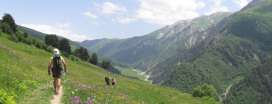
Classic summer walks in the Dolomites and the Alps, exciting winter adventures in the north and lesser-known countries to discover in the east make Europe a a year-round adventure playground that’s not too far from home.
Polar Regions

One of the world's two polar regions, Antarctica the coldest, driest and most remote continent on Earth. It's also home to myriad land and sea creatures and incredible ice-clad landscapes.





